Air Quality Sensor Buying Guide
An air quality sensor is an electronic device used to monitor the concentration of pollutants (such as PM2.5, CO2, VOCs, etc.) and environmental parameters such as temperature and humidity in real time. It is widely used in fields such as environmental monitoring, smart homes, and industrial emission control, and can provide data support for air quality assessment and health protection.
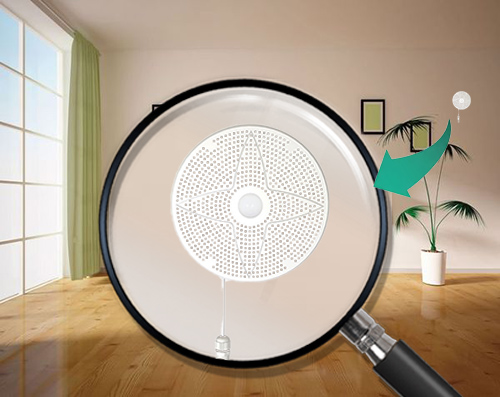
Contents
- Factors of Choosing Air Quality Sensors
- ATO Air Quality Sensors for Sale
- Why Choose ATO Quality Sensors?
Factors of Choosing Air Quality Sensors
When selecting an air quality sensor, it is necessary to comprehensively consider multiple core factors to ensure that it can meet the actual application requirements.
Monitored substances and measurement range
These are the most basic selection criteria. Different air quality sensors are designed for different pollutants, such as PM2.5/PM10 (particulate matter), CO₂, VOCs (volatile organic compounds), formaldehyde, ozone (O₃), etc. Users should select appropriate sensors based on the target detection objects and ensure that their measurement ranges cover the concentration levels in the actual environment. For example, industrial environments may require sensors with higher measurement ranges, while residential environments may prioritize low-concentration detection.
Resolution
This determines the smallest change in pollutant concentration that the sensor can detect. For example, high-precision formaldehyde sensors may require a resolution of 0.01 ppm. The higher the resolution, the more sensitive the sensor is to small changes, making it suitable for scenarios requiring precise monitoring.
Accuracy or consistency
Directly impacts the reliability of the data. The error range of air quality sensors typically falls within ±5% to 10% (commercial grade) or ±1% to 3% (industrial grade), and long-term stability is also critical to prevent data distortion caused by drift. Some sensors (such as electrochemical or NDIR types) require regular calibration to ensure measurement results comply with standards.
Environmental adaptability
Determines the sensor's performance under different conditions. Temperature and humidity changes (e.g., -20°C to 50°C) may affect the accuracy of certain sensors, while high dust, corrosive gases, or vibration environments (e.g., in-vehicle applications) require air quality sensors with stronger protective capabilities. Additionally, interference resistance is important; for example, VOC sensors should avoid false alarms caused by alcohol or other gases.
In summary, when selecting air quality sensors, it is recommended to prioritize requirements, conduct a comprehensive assessment considering monitoring needs, accuracy requirements, environmental conditions, and other factors to ensure the selected sensors can reliably and accurately provide the required data. It is recommended to review and compare the following sensors from the ATO and related data to efficiently select suitable models.
ATO Air Quality Sensors for Sale
When selecting an air quality sensor, factors such as power consumption, response time, and sensor life may also need to be considered. Relevant data can be found at ATO.
| Product | SKU | Parameter [Measuring Range] | Price |
 |
ATO-AQS-FST100 |
PM2.5, PM10 [0~1000ug/m³] |
$249.55 |
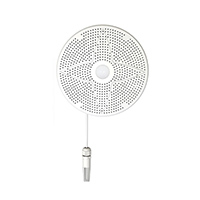 |
ATO-AQS-SMG111 |
CO2 [0~5000ppm] |
$276.34 (WIFI: +$40.00) |
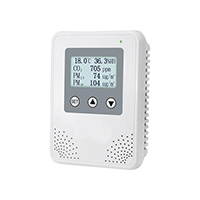 |
ATO-AQS-LFG303 |
CO2 [0~5000ppm] |
$320.89 |
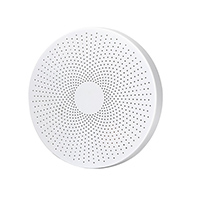 |
ATO-AQS-HAQS | CO2 [0~2000ppm] PM2.5 [0~1000ug/m³] PM10 [0~2000ug/m³] H2S [0~100ppm] |
$317.56-$471.56 |
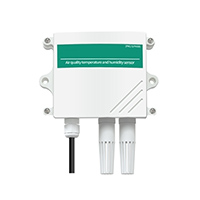 |
ATO-AQS-IAQS | PM1.0, PM2.5, PM10 [0~1000μg/m³] Temperature [-40~+80°C] Humidity [0%RH~100%RH] |
$129.98 |
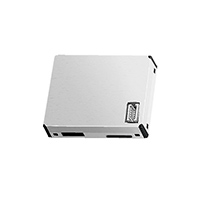 |
ATO-AQS-PM16 | PM1.0, PM2.5, PM10 [0~1000µg/m³] | $95.78 |
Why Choose ATO Air Quality Sensors?
Our air quality sensors are your ideal choice thanks to their outstanding performance, stable operation, and intelligent design.
High Cost-effectiveness and Reliable
Our air quality sensors feature high precision, long lifespan, and low power consumption. The electronic control unit of the laser PM2.5 air quality sensor has a lifespan of over 5 years and an average mean time between failures (MTBF) of over 3 years. By optimizing costs while ensuring performance, we offer you a more competitive choice.
Accurate Monitoring and Comprehensive Coverage
Our sensors support the detection of multiple pollutants, including PM2.5/PM10, CO₂, VOCs, formaldehyde, etc., and can also monitor indoor temperature and humidity. With a wide measurement range, they are suitable for a variety of scenarios, including homes, offices, and industrial settings. High-resolution and low-error design ensure accurate and reliable data, enabling precise monitoring of environmental quality. Some sensors feature a counterflow pore design for even more precise measurements.
Smart Connectivity and Convenient Management
Supports digital signal output and wireless transmission, seamlessly integrating with smart home or IoT platforms. Indoor air quality sensors can be used in conjunction with other hardware, software, or auxiliary devices in smart home or smart office environments to automatically enhance spatial comfort and health levels. They offer multiple output options to accommodate different application requirements. The RS485 communication protocol ensures compatibility with various monitoring platforms and automation systems. When paired with visualization software, real-time data viewing, historical data analysis, and alarm functions for exceeding thresholds are all available.
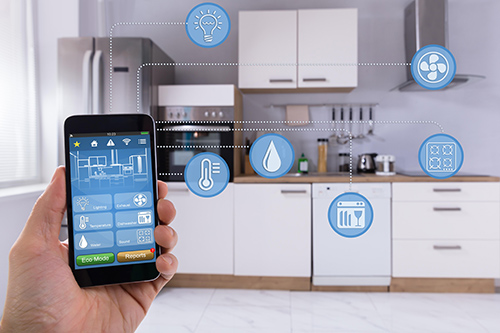
Stable, Durable and Highly Adaptable
Using industrial-grade components, our sensors operate stably within a wide temperature range of -20°C to 60°C and have anti-interference capabilities to prevent false alarms. Outdoor air quality sensors are dustproof, waterproof, and snowproof, making them suitable for monitoring in harsh weather conditions. The sensors feature dual-frequency data collection and automatic calibration technology, enabling real-time rapid response and continuous data collection, ensuring high consistency of up to ±10%. They exhibit minimal drift over extended use, have low maintenance costs, and are suitable for long-term monitoring requirements.
In today's world where air quality is increasingly a concern, precise and reliable monitoring equipment is essential for healthy living and safe production. Whether it's improving indoor air quality or industrial safety monitoring, choosing us means choosing a healthier and safer environment! ATO online shop can provide you with suitable air quality sensors and technical consulting services to help you achieve a healthier, safer, and smarter environment.

